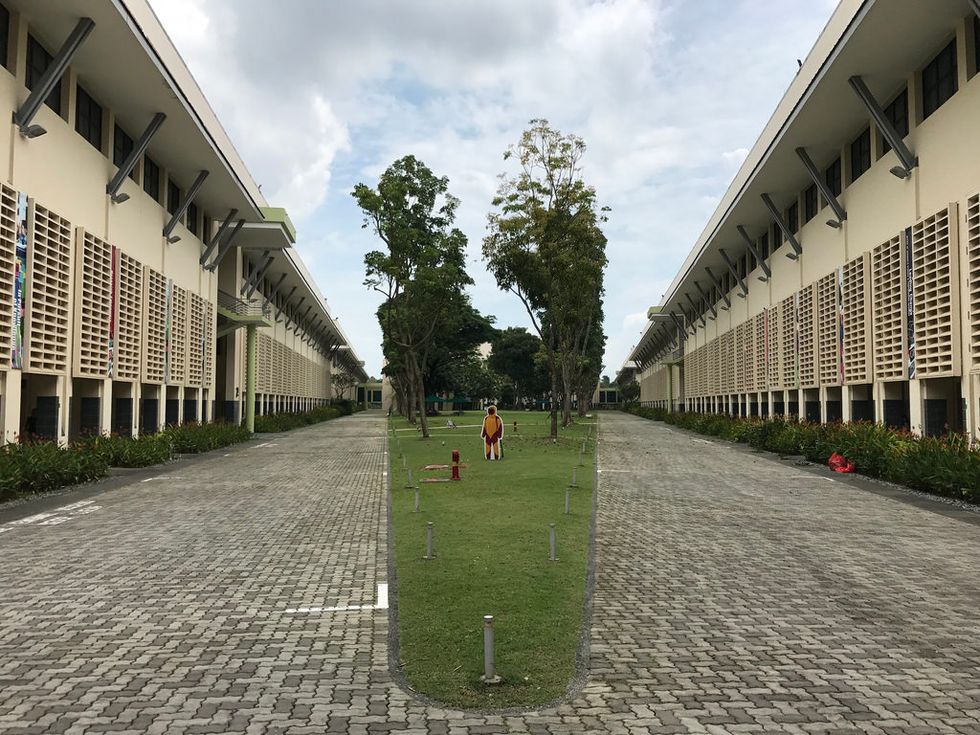Storytelling has been a popular form of entertainment for thousands of years. World mythologists used stories to explain the formation of nature and life. They memorized stories told by others and the stories changed as they passed from person to person.
Now, we use books, novels, musicals, and films to tell stories. These stories teach us about friendship, love and romance, and facing personal battles. They typically have similar components: Exposition, rising conflict, climax, falling conflict, and resolution.
A listicle is similar in how we share information to our readers. We use them to pass on our knowledge and experience to help others in their own personal journeys. Here are three reasons why we enjoy reading listicles and questions to consider before beginning to write your own.
We enjoy listicles for three main reasons, referred to as the three Ps: Preparation, Perspective, andPrevention.
1. Preparation

We want to enter our journey on a positive note, and preparation is the first step. Listicles are intended to provide short summaries of the writer's experiences and tips. It allows the reader to get from point A to point B without hassle. The best aspect of preparedness is seeking and receiving immediate solutions.
We typically don't ask for the professionals, but at least someone with experience to offer feedback. A viewer may be entertained by the inspirational, comedic, or scary aspect of your story. This is also the writer's perspective, which we learn more about next.
Preparation Questions:
How did you feel during your experience? What was successful? Where did you go wrong? What do you wish your audience knew so that they don't make the same mistakes? Does your advice apply to a majority or specific viewers?
2. Perspective

Perspective is a strong tool because it creates development that leads to the climax and resolution of the story. This background also reinforces the overall message and develops a better assessment of the situation. Understanding the action and reaction of people facing a similar narrative helps us understand their rationale. This assessment can be used as a preventative tool, which we learn more about next.
Listicles can be historical or can come from the creativity of the storyteller. They can be intricate or simple, depending on the writer. Finally, perspective offers clarity in a story. If viewers have questions, the storyteller should be able to answer them without gaps or unsolved situations in the tale.
Perspective Questions:
How did people surrounding your story feel? What was the reason behind their actions? Are you recalling information as accurately as possible? Are you over or under editorializing information for entertainment value?
3. Prevention

We want to be equally as prepared as we are at preventing possible mistakes. The perspective of a protagonist's journey and what went wrong is an amazing tool for the reader. How did the writer or character struggle during the journey? Analyzing the situation as you read may help improve your critical thinking and positively impact your future experience.
Prevention is also a game of reaction. How should we act in a certain situation? In every situation, we should do the least amount of harm to ourselves and others. If the storyteller does more damage by acting than reacting, it's better to learn from their mistakes than repeat them.
Prevention Questions:
How did their decision impact their experience? Why was it the least effective route? What is the most effective strategy and why? Does my decision negatively or positively impact others? Does my decision create the least amount of harm?
In summary,
Listicles that discuss our personal journey and/or obstacles share wisdom from the writer to the reader. They have a purpose as a book, novel, or movie offer, but the information is obtained in a shorter amount of time. It may seem easier because it is not as intricate as other mediums, however, remember: Every word counts.
Storytelling is an art and has survived for thousands of years. We can get our sources from a variety of people in our lives: Friends, parents, teachers, siblings, etc. For this reason, they are unique to us and can offer different perspectives on similar situations.

















